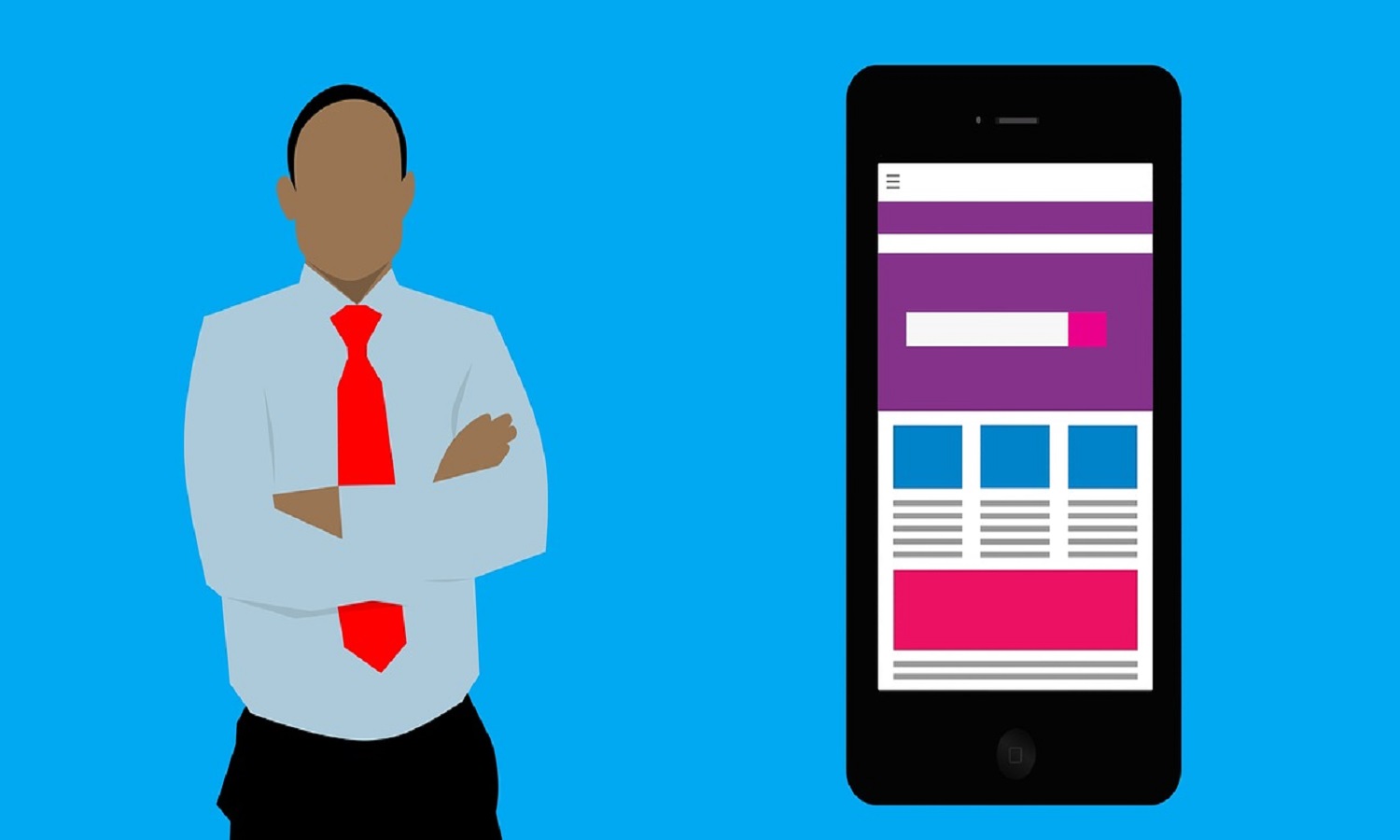Nowadays, the number of cloud-based apps keeps increasing due to their advantageousness for business. We can see it by the following statistics:
- 80% of companies utilize Amazon Web as the central cloud platform
- 77% of enterprises use the cloud to host applications or their functional parts
- 60% of companies keep confidential data with the help of cloud technology
This article will describe what is a cloud-based app, cover its types and tech peculiarities.
Table of Contents
What Is a Cloud-Based App?
A cloud-based application is a tech solution where the data management performance happens between the client-side and server-side. The primary difference between common applications and cloud-based ones is that all the data processing is accomplished via a remote server, not a device’s processor.
Here are some cloud-based apps’ peculiarities:
- The cloud servers, where the data is stored, have minimal requirements for the device to operate.
- The data saved offline will be automatically updated when the device is back online. Thus, the cloud will always comprise the most recent info.
- Users are able to share the info on any device via the cloud conveniently.
Now, let’s move on to the types of cloud-based apps and their description.
There are three of them:
- Software as a Service (SaaS)
- Platform as a Service (PaaS)
- Infrastructure as a Service (IaaS)
SaaS
This type of apps may be utilized by
mobile apps and browsers without downloading, but requires the Internet connection to get access to the data.
SaaS comes in handy not only for major corporations but for ordinary users as well. Organizations stick to utilizing office suites like GSuite and communicate via Slack. However, Dropbox is still in common usage worldwide.
PaaS
PaaS offers the essential development kit, like instruments, frameworks, and systems for rent.
The development flow is quick and easy with the following offered solutions:
- Development instruments
- Middleware
- Platforms
- Data administration
- Framework
Great illustrations of this type are Windows Azure, Heroku, and OpenShift.
IaaS
This type implies that the provider like AWS, Microsoft Azure, DigitalOcean fulfills the operation of the business and its framework, such as system, servers, visualization, and containing the data on a personal confidential cloud.
Business proprietors are allowed to control software systems and the components with API or admin toolbar.
The Development Challenges of Cloud Applications
The building process of such apps is quite complex and may be identified by your aim (to become the server provider or build the app on third-party services). In both cases, you may face three common development issues:\

Safety
Vitally important data needs a reliable place to be kept. Unfortunately, the development flow requires APIs, which may negatively influence data privacy. To overcome this obstacle, the app should incorporate SSL (Secure Socket Layers) to improve the app’s solidity.
Credibility
The app productivity will be higher if it has lots of data centers. To illustrate, global providers set the servers to make the page’s loading time remain equal for all the users worldwide.
Scalability
The successful cloud-based app has to comprise sufficiently scalable to avoid faults of unexpected traffic surges. Scalability is vital since it enables managing a broader number of users. The usability entirely depends on the app running. In case it’s too slow, your project is less competitive.
The Development Stages
Like every other development flow, this app requires a complex approach and has certain development peculiarities.

Computing Services
Amazon Web Services (AWS) is a modern golden standard that provides a great diversity of instruments and features building processes.
The app development process requires lots of effort and finances, so let’s consider each stage in detail.
Stage 1. Market Analysis
The primary step before proceeding to the creation is analyzing the audience requirements and pains to satisfy them with your product and make it sought-after. You should also explore your competitors’ projects to understand their success formula.
Stage 2. Development Team
This stage is essential since you have to hire a dedicated development team for an app creation among the three main hiring options:

- Freelancers. This option is widely used, but it is not beneficial for cloud-based apps as there is no quality and deadline guarantee and long-term cooperation conditions.
- In-house teams. This variant provides you with the total management of the development process. Nonetheless, its cost is the highest, and the final result depends on your guiding skills.
- Outsourcing companies. They offer the most advantageous value for money and allow you to save expenditures without quality loss, taking over the whole development process.
Stage 3. Structure and Features
The app-building requires detailing two points: architecture and service model.
To choose the most suitable options, it would be great to discuss these points with tech-savvy specialists.
Architecture
Not to make an app monolithic, it should incorporate progressive data architecture.
Service model
The selected type from the three mentioned above should be appropriate for the app model and its functionality.
Stage 4. Solutions Stack
This stage also has to be negotiated with the experts based on your requirements of the final result. You should cover such points as design, features, scalability, and security. Let’s list the tech stack using a Salesforce as an example:
Data services:
- Akamai
- Cloudant
- ClearDB
Utilities:
- Google Analytics
- Twilio
- Optimizely
- Heap
- Recurly
- Zuora
- Cyfe
- TransmogrifAI
DevOps:
- Jenkins
- Bitbucket
- New Relic
- Datadog
- Puppet Labs
- Cloud9 IDE
- Sauce Labs
- StillAlive
Business tools:
- Jira
- G Suite
- InVision
- Salesforce Sales Cloud
- Balsamiq
- DocuSign
- UXPin
Stage 5. Application Testing
This stage is an indispensable part of the development flow. It helps to detect and fix bugs and check the user experience. Full-cycle development companies are beneficial for this as they have specialists who can conduct this test and work together with the developers to reach product excellence.
Stage 6. Application Launching
The launching stage requires choosing the platform (iOS or Android). Google play applies automated testing for process acceleration. Nevertheless, some denial cases are pretty inexplicable. Real users test the app when it comes to the App Store. You’ll be asked to fix the bugs in case any are detected.
The launch process also has some steps:
- Assure that your project follows the platform’s guidelines.
- Enter the metadata, such as title, description, keywords, app’s screenshots, and add preview videos.
- Submit the app to review.
- The platform’s team will check how your application runs.
- The app release will be accepted or dismissed within 2-3 days.
To test the web app operating, there are several deployment types:
- Public server. It may be utilized by everyone and is universally suitable for diverse aims.
- Private server. This type is in use by one company, which manages the whole IT infrastructure.
- Hybrid server. This option allows switching between the two above-mentioned types.
Summarizing
The cloud-based app incorporates lots of benefits, like high accessibility and scalability. Yet, the development flow is more sophisticated and requires more points to consider, such as implemented APIs and their impact on security, data architecture, and management. All these obstacles may be successfully overcome by competent and experienced developers with specialized expertise who will help you to create a successful cloud-based product.
Author’s bio:

Vitaly Kuprenko is a technical writer at Cleveroad, a web and mobile app development company in Ukraine. He enjoys writing about tech innovations and digital ways to boost businesses.




